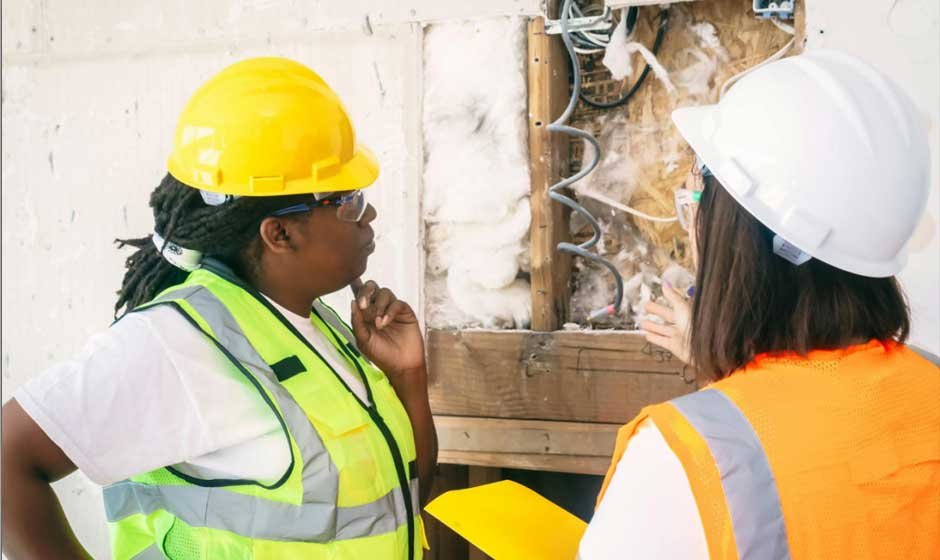Sustainability is at the forefront of architectural design and construction. As awareness of climate change and environmental degradation grows, the importance of energy-efficient and environmentally conscious building practices is becoming more pronounced. Insulation, often overlooked as just a means to keep buildings warm or cool, plays a crucial role in reducing energy consumption and mitigating environmental impacts. Its role in sustainable building practices is indispensable, especially when considering the long-term benefits for both the environment and the occupants of the buildings.
Sustainable Materials and Insulation Choices
Another key aspect of insulation’s role in sustainable building practices is the material used. Traditional insulation materials, such as fiberglass, can have a considerable environmental impact during their production and disposal. With the increasing demand for eco-friendly building materials, a variety of sustainable insulation options are now available. Products made from recycled materials, such as cellulose or denim, are gaining popularity. Natural insulation materials, like sheep wool, cotton, or hemp, offer excellent thermal performance and are biodegradable. These materials minimize environmental harm during production and contribute to the circular economy by reducing the need for virgin resources and offering end-of-life sustainability.
Reducing Energy Consumption and Carbon Footprint
Reducing energy consumption is one of the best ways to lower your carbon footprint, especially when it comes to buildings. Proper insulation helps maintain a comfortable temperature inside without relying heavily on heating or cooling systems. Hiring a professional to assess and install quality insulation is a smart move to ensure optimal efficiency. When you choose No Gap Insulation: Quality Insulation, you’re investing in materials that fill every tiny space, preventing heat loss or gain. This results in less energy use, meaning lower electricity bills and a significant reduction in greenhouse gas emissions, which contributes to a healthier, more sustainable environment.
Reducing the Need for Heating and Cooling Systems
Incorporating high-quality insulation into a building minimizes the reliance on heating, ventilation, and air conditioning (HVAC) systems. HVAC systems are one of the largest contributors to energy consumption in buildings, particularly in areas with extreme weather conditions. When a building is well-insulated, it maintains a consistent internal temperature, which means that HVAC systems don’t have to work as hard to heat or cool the space. This reduction in HVAC usage directly correlates to lower energy demand, further decreasing the environmental impact associated with traditional cooling and heating methods. This leads to a reduction in the need for power generation, especially from fossil fuel-based sources, contributing to a cleaner, more sustainable environment.
Longevity and Waste Reduction in Building Materials
The use of insulation in buildings also contributes to sustainability by prolonging the lifespan of the structure. A well-insulated building is less susceptible to the wear and tear caused by fluctuating temperatures, which can lead to the deterioration of building materials. By stabilizing internal temperatures, insulation reduces the expansion and contraction of building materials, ensuring that walls, roofs, and foundations remain intact for longer periods. This longevity reduces the need for frequent repairs or replacements, which can contribute to construction waste, and ensures that fewer resources are consumed over the lifetime of the building. With reduced waste and more durable structures, the environmental impact of a building is significantly minimized.

Insulation plays a pivotal role in sustainable building practices, contributing to energy efficiency, material sustainability, and a reduction in environmental impact. From its ability to decrease energy consumption and reduce carbon emissions to its role in improving the longevity of buildings, insulation is an essential component of green construction. By choosing eco-friendly insulation materials and incorporating them into buildings, we enhance comfort and reduce costs, and we actively contribute to a more sustainable and environmentally friendly future. As the building industry continues to evolve, the importance of insulation in promoting sustainable practices will undoubtedly grow.










